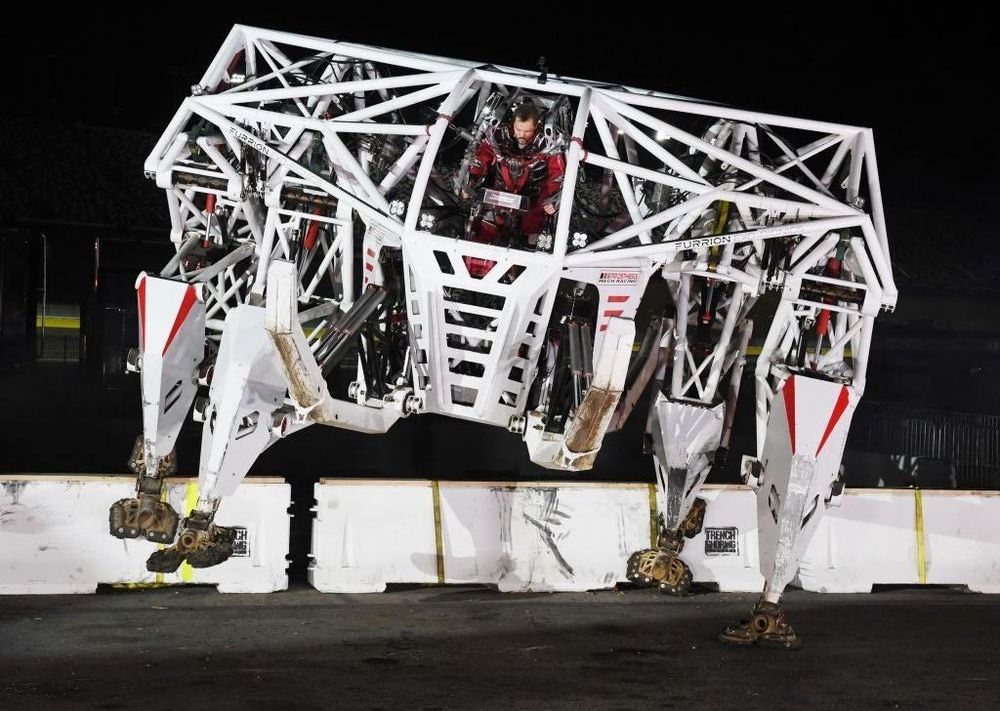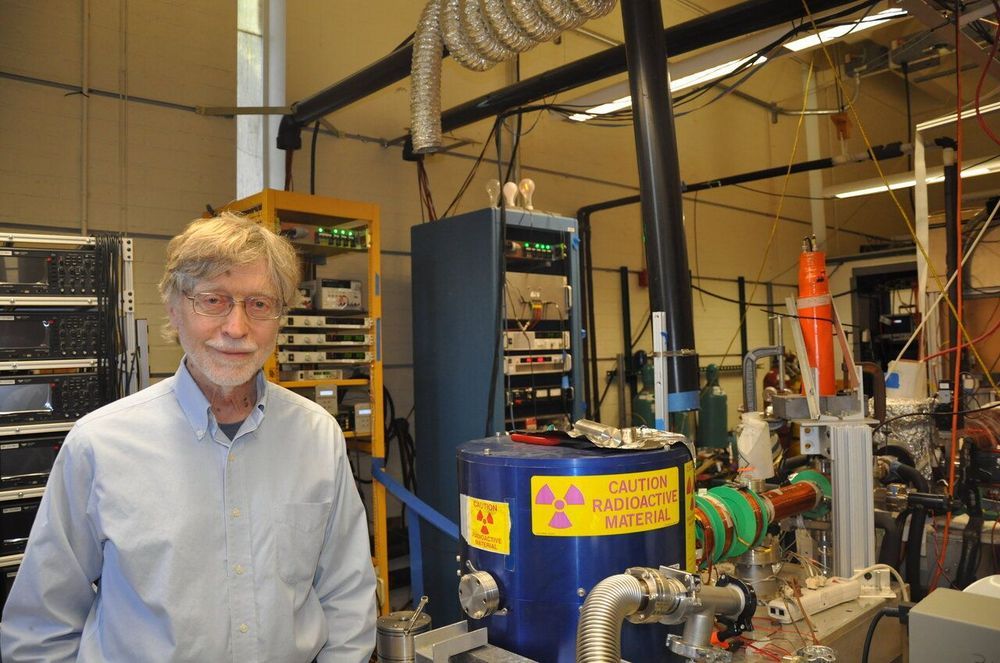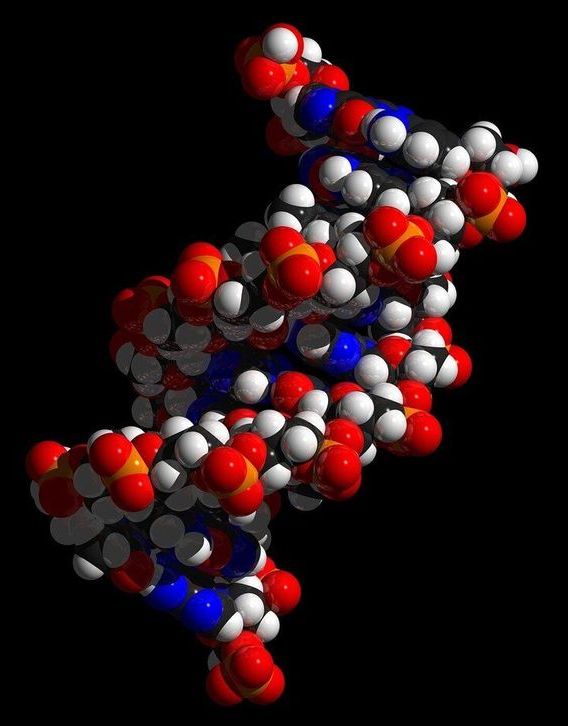Dying stars sure are. ð
Their catastrophic explosions let out an intensely bright glow, often times rivaling the light of a whole galaxy. Can you spot the culprits in NASA’s Hubble Space Telescope image? https://go.nasa.gov/33Ylu5n

Dying stars sure are. ð
Their catastrophic explosions let out an intensely bright glow, often times rivaling the light of a whole galaxy. Can you spot the culprits in NASA’s Hubble Space Telescope image? https://go.nasa.gov/33Ylu5n
Franken-Furters 😮
The two chimera piglets died within a week of being born. They were created after more than 4,000 attempts to implant embryos into sows. Research was carried out in Beijing, China.

Quadratic equations are polynomials, meaning strings of math terms. An expression like “x + 4” is a polynomial. They can have one or many variables in any combination, and the magnitude of them is decided by what power the variables are taken to. So x + 4 is an expression describing a straight line, but (x + 4)² is a curve. Since a line crosses just once through any particular latitude or longitude, its solution is just one value. If you have x², that means two root values, in a shape like a circle or arc that makes two crossings.

Some argue that only a “Sputnik” moment will wake the American people and government to act with purpose, just as the 1957 Soviet launch of a satellite catalyzed new educational and technological investments. We disagree. We have been struck by the broad, bipartisan consensus in America to “get AI right” now. We are in a rare moment when challenge, urgency, and consensus may just align to generate the energy we need to extend our AI leadership and build a better future.
Congress asked us to serve on a bipartisan commission of tech leaders, scientists, and national security professionals to explore the relationship between artificial intelligence (AI) and national security. Our work is not complete, but our initial assessment is worth sharing now: in the next decade, the United States is in danger of losing its global leadership in AI and its innovation edge. That edge is a foundation of our economic prosperity, military power and ultimately the freedoms we enjoy.
As we consider the leadership stakes, we are struck by AI’s potential to propel us towards many imaginable futures. Some hold great promise; others are concerning. If past technological revolutions are a guide, the future will include elements of both.
Some of us have dedicated our professional lives to advancing AI for the benefit of humanity. AI technologies have been harnessed for good in sectors ranging from health care to education to transportation. Today’s progress only scratches the surface of AI’s potential. Computing power, large data sets, and new methods have led us to an inflection point where AI and its sub-disciplines (including machine vision, machine learning, natural language understanding, and robotics) will transform the world.


Leaving a vulnerable system unpatched can invite troubles for an organization. The issue can turn worse when the organization suffers a cyberattack that can result in, but not limited to, compromise of confidential data, DDoS attacks or stealing of customers’ details.
According to a report released by Recorded Future, it has been found that the same vulnerabilities kept showing up year-after-year. An interesting aspect of the report was that most of these vulnerabilities were found to be exploited via phishing attacks and exploit kits that specifically target flaws in Microsoft products.

O.o.
A physicist at the University of California, Riverside, has performed calculations showing hollow spherical bubbles filled with a gas of positronium atoms are stable in liquid helium.
The calculations take scientists a step closer to realizing a gamma-ray laser, which may have applications in medical imaging, spacecraft propulsion, and cancer treatment.
Extremely short-lived and only briefly stable, positronium is a hydrogen-like atom and a mixture of matter and antimatter—specifically, bound states of electrons and their antiparticles called positrons. To create a gamma-ray laser beam, positronium needs to be in a state called a Bose-Einstein condensate—a collection of positronium atoms in the same quantum state, allowing for more interactions and gamma radiation. Such a condensate is the key ingredient of a gamma-ray laser.


Amidst rising hopes for using CRISPR gene editing tools to repair deadly mutations linked to conditions like cystic fibrosis and sickle cell disease, a study in Communications Biology describes a new innovation that could accelerate this work by rapidly revealing unintended and potentially harmful changes introduced by a gene editing process.
“We’ve developed a new process for rapidly screening all of the edits made by CRISPR, and it shows there may be many more unintended changes to DNA around the site of a CRISPR repair than previously thought,” said Eric Kmiec, Ph.D., director of ChristianaCare’s Gene Editing Institute and the principle author of the study.
The study describes a new tool developed at the Gene Editing Institute that in just 48 hours can identify “multiple outcomes of CRISPR-directed gene editing,” a process that typically required up to two months of costly and complicated DNA analysis.
Learn more about what’s on board the Dragon spacecraft headed to the International Space Station: https://www.nasa.gov/mission_pages/station/research/news/spx19-research